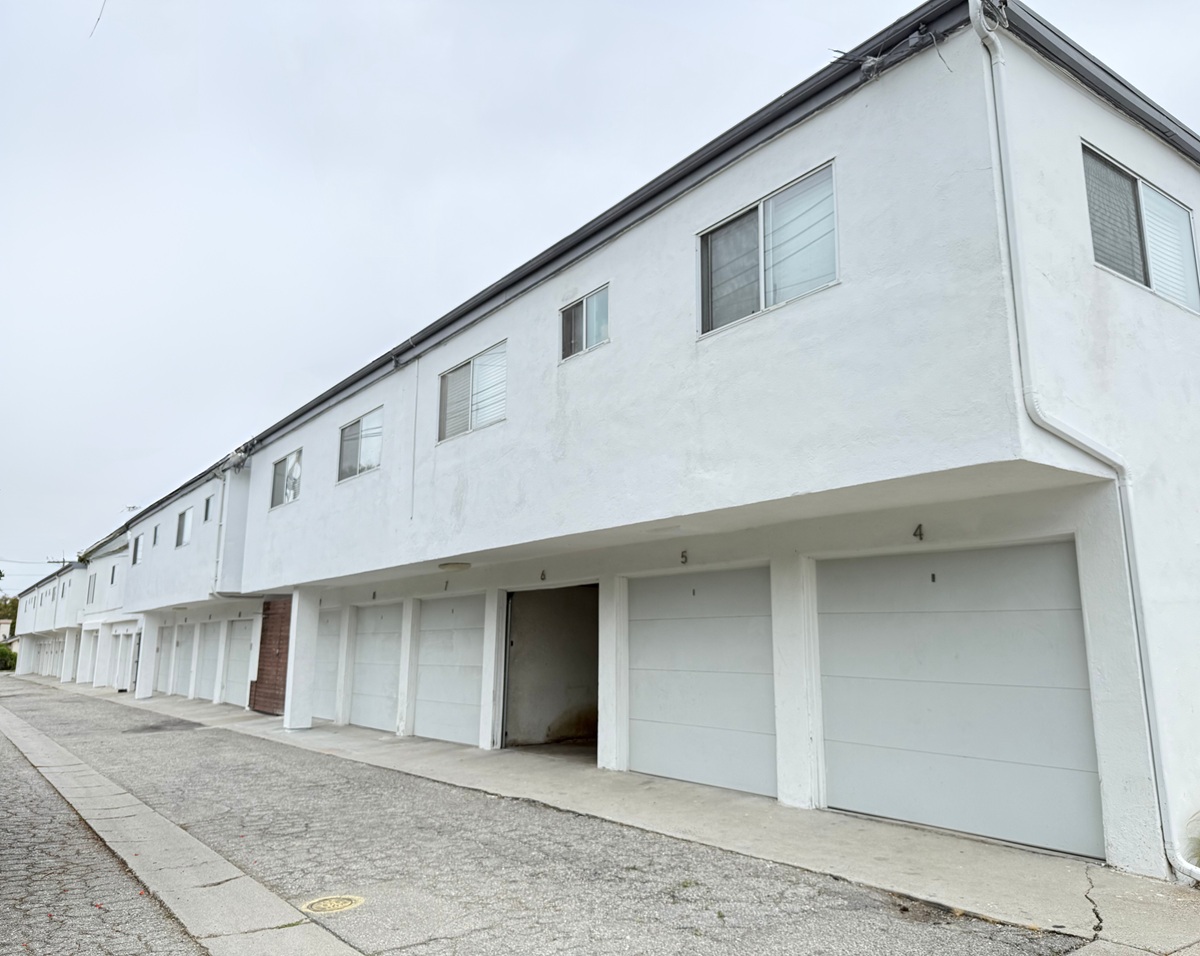Humans, in ancient times, believed earthquakes were caused by huge animals, angry gods and giants.
Current folklore attempts to find causal links between moon phases and earthquakes, but this theory has been debunked by science.
What we do know is that earthquakes are frequent in California, and that Southern California is long overdue for a temblor of epic proportions.
Will it strike in Orange County? It very well might.
The Federal Emergency Management Agency’s Geographic Information System technology estimates physical, economic, and social impacts of disasters such as earthquakes. This nationally applied standard, called HAZUS, has put Los Angeles/Orange County at the top of this list for annualized earthquake damage from an earthquake:
- Los Angeles/Orange County
- San Francisco
- Inland Empire
- San Jose
- Seattle
Active earthquake faults in Orange County run along the coast and mountain ranges, hitting places such as Huntington Beach and Yorba Linda.
And the hillside communities of Laguna Beach, San Clemente and Santiago Canyon are prone to landslides that can be triggered in a major earthquake, potentially undermining the foundation of a home, or sliding into one.
Liquefaction areas can be found throughout the county, most notably wherever water flows either above or below the ground: In the aquifer-rich region of central and coastal Orange County, Garden Grove, Santa Ana, Irvine, Huntington Beach, and Yorba Linda, to name a few.
The ROI of retrofits
Studies show that retrofits are a good investment – averting damage or total destruction of a property at a minimal cost.
Caltech researchers determined that for every dollar spent in retrofitting soft-story structures, property owners could expect to save up to $7 – not counting loss to contents, alternate living expenses, or deaths and injuries, all of which would have significantly increased the cost-to-benefit ratios.
In a separate study, the university determined that seismic retrofits are cost-effective when projected annualized loss would be reduced by 50 percent or more at a cost of no more than 10 percent of the replacement cost of a building.
The Federal Emergency Management Agency found similar cost benefits in a two-year analysis of seismic retrofit scenarios in California.
“The benefit/cost analysis suggests that a retrofit is strongly justified economically, even without including the value of life,” FEMA determined.
Avoid Loss of Income, Liability
There are other strong economic factors to consider when weighing the cost benefits of a seismic retrofit. These include potential loss of income and liability associated with damage, death and injury from an earthquake.
Loss of income occurs when commercial property is damaged to the point where it is no longer habitable. This can create severe financial hardship for property owners who not only lose their monthly rental income, but are simultaneously facing the costs of repair or rebuilding, while still making monthly mortgage payments.
Seismic retrofits also provide an important value enhancement to buildings. A retrofitted structure is worth more because its life has been extended, based on its ability to withstand a major earthquake.
Retrofitted structures also enjoy enhanced market value and marketability. They are more sought after by tenants because they are safer and better able to withstand the force of our region’s frequent quakes.
Don’t bet your apartment building, income, equity and other assets that an earthquake won’t strike in your neighborhood. It’s too big a risk to take.
Find out how great a risk your apartment building faces with a free consultation. For more information visit optimumseismic.com or call us at 323-978-7664.







